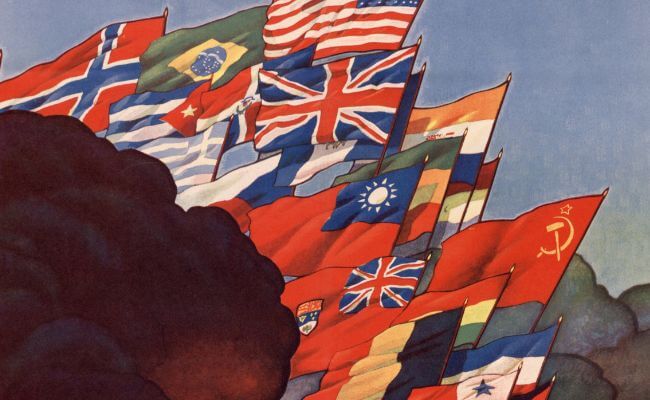Potsdam Conference: Shaping the Post‑War World (1945)
Published: July 17, 2025 | Event Date: July 17 – August 2, 1945

Quick Facts
| Event | Potsdam Conference |
|---|---|
| Date | 17 July – 2 August 1945 |
| Location | Cecilienhof, Potsdam (Soviet-occupied Germany) |
| Participants | Stalin, Truman, Churchill / Attlee |
| Main Goals | Administer postwar Germany, set European order, issue Japan ultimatum |
Overview
The Potsdam Conference brought together the leaders of the three dominant Allied powers: Joseph Stalin, Harry S. Truman, and Winston Churchill (later Clement Attlee) from 17 July to 2 August 1945, aiming to plan Europe’s postwar future.
They reaffirmed agreements from Yalta, such as dividing Germany into four occupation zones and demilitarizing the country. They also addressed new issues: reparations, shifting Poland’s border to the Oder–Neisse line, expelling German populations, establishing a Council of Foreign Ministers, and issuing an ultimatum demanding Japan’s unconditional surrender.
Tensions were high: Churchill and Truman increasingly distrusted Stalin’s insistence on Eastern European control, while Stalin felt that the West underestimated Soviet wartime sacrifices. The atmosphere was far colder than at Yalta.
A pivotal moment came when Truman informed Stalin of the successful Trinity atomic test on 24 July—marking the first official reveal of America’s nuclear power and signaling a shift in global power dynamics.
Conclusion
The Potsdam Conference concluded with a fragile peace, laying the foundations of postwar Europe and establishing joint occupation and control mechanisms, such as the Allied Control Council and Council of Foreign Ministers.
However, mutual mistrust over Eastern Europe and reparations quickly overshadowed cooperation. Within months, the seeds of the Cold War were sown as Western and Soviet interests diverged sharply.
Although it did not resolve all pressing issues, Potsdam remains a key milestone. It transitioned wartime camaraderie into Cold War rivalry and set the tone for global politics in the second half of the 20th century.